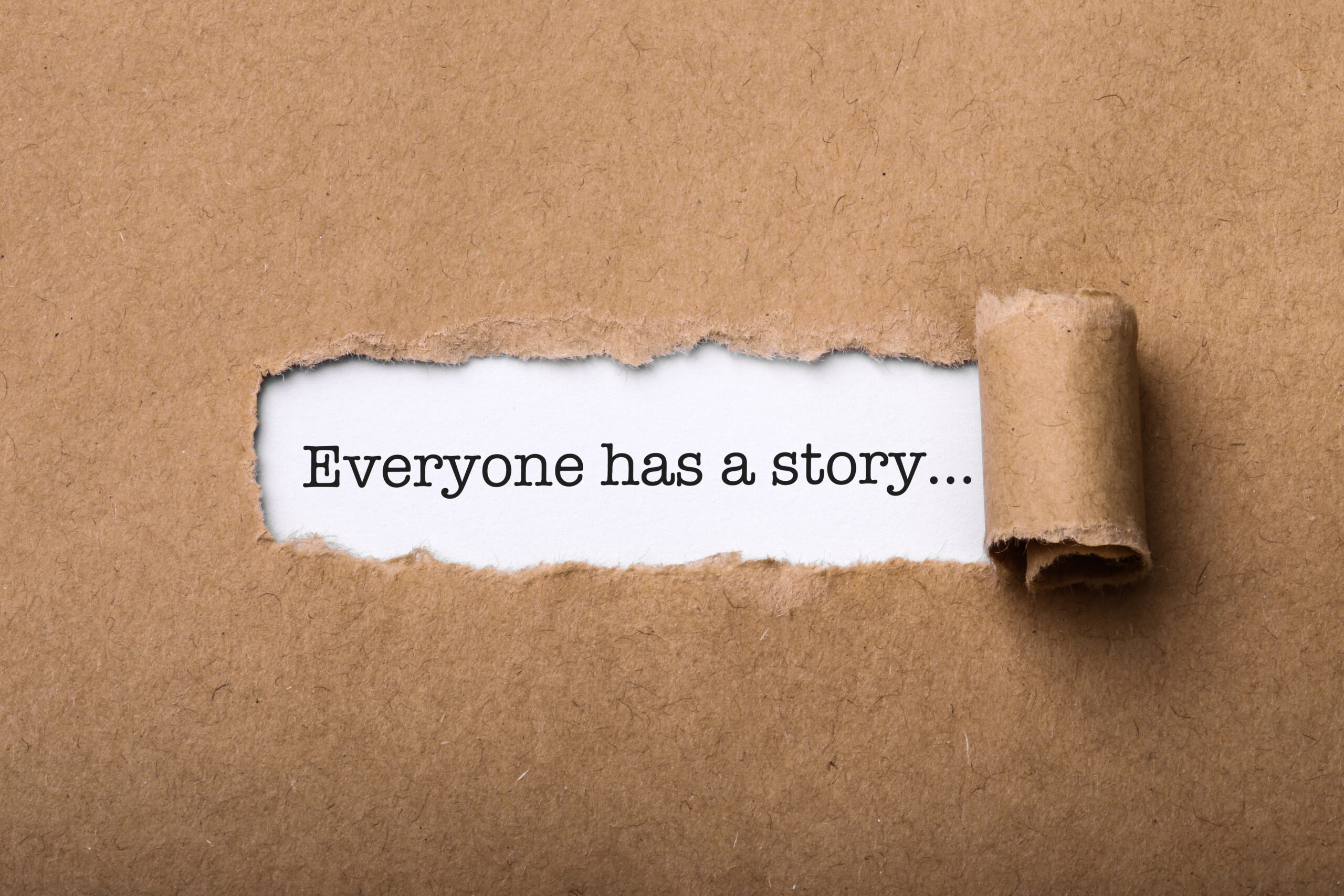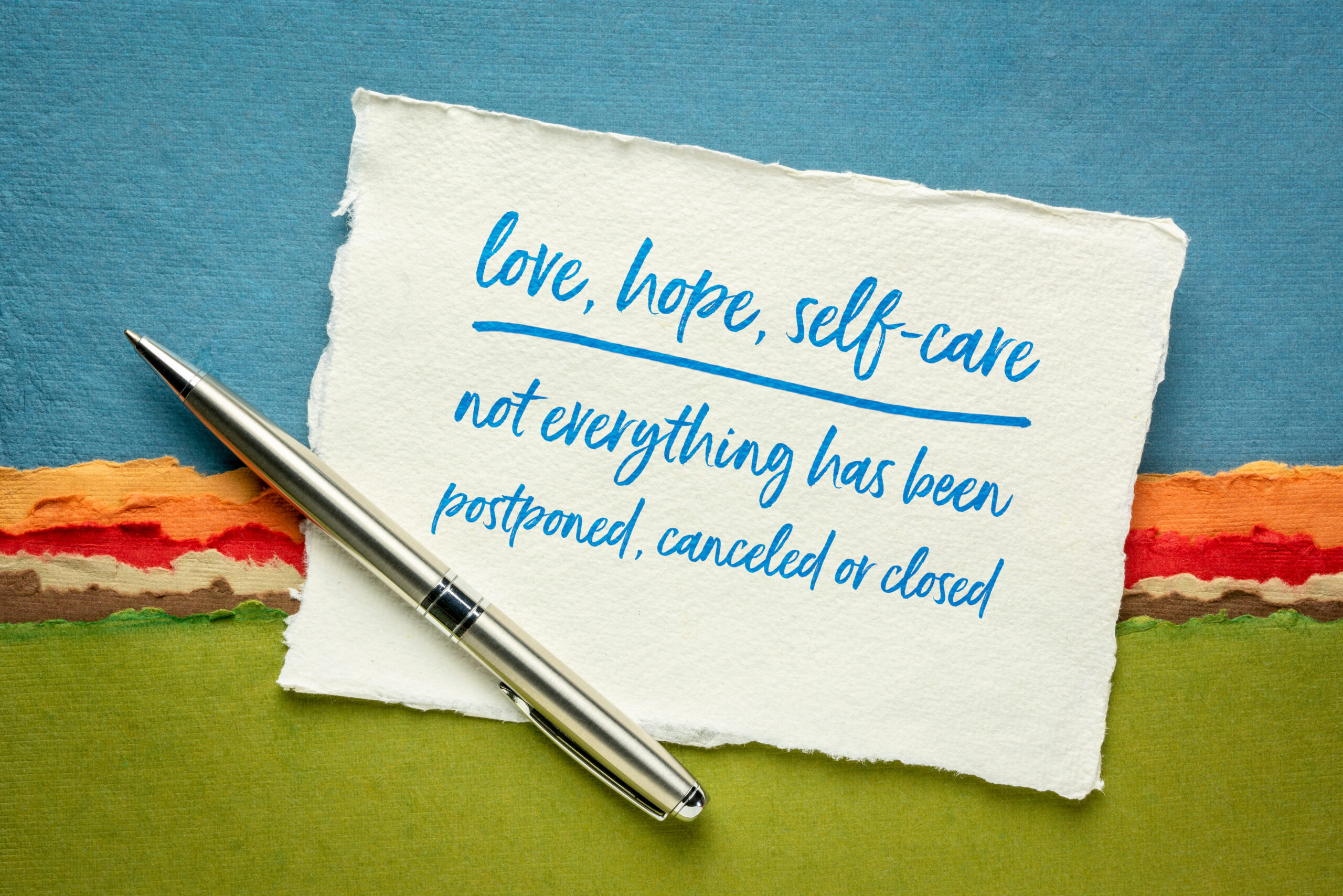The Power of Storytelling
 March 8, 2023 | Post by : Melissa
March 8, 2023 | Post by : Melissa
The Power of Storytelling
By Melissa Walker, M.A.Ed.
“Everything is a story.” This is one of the things I repeatedly told my high school English students. It didn’t matter if they were working on essays, creating Orwell-esque dystopian worlds, reading Shakespeare or poetry, writing personal narratives, completing job and college applications – everything is a story. Everything in our world is a story and, as such, humans are natural storytellers. Just listen in at a salon or at the corner store or even to a group of teachers anywhere. If we are born natural storytellers, if storytelling is part of our nature as humans, and if storytelling is prolific in so many forms, including social media, advertising, and movies and TV shows, we must do a better job of harnessing the power of storytelling for education.
Adjectives and adverbs reveal our interpretations of events and people in our lives. Humans relate to each other by discovering commonalities. What might we learn about each other if our conversations were devoid (or full) of storytelling? Anything? A treasure trove of knowledge? Likes, dislikes? Imagine, then, a classroom full of students at any grade level. Each student in the classroom comes with their own stories and backgrounds. Just the simple act of sharing experiences creates connections and compassion. Relationships, effective differentiation, and compassion do not exist without storytelling. Without the storytelling aspect, learning and the retention of knowledge and skills become almost non-existent. Recognizing the power of storytelling in its base form reveals that storytelling establishes connections which in turn creates stronger environments for learning.
In my classroom, and many others I have seen, the very first activity at the beginning of the school year included storytelling for a specific purpose: sharing pieces of ourselves. For instance, I typically introduced myself with the top ten things to know about me and then students created their own lists to share. Sometimes students would create collages of pictures representing their own top ten. We repeated variations of this activity throughout the year because stories change and evolve. Storytelling with a purpose within the classroom environment, as well as the activity itself, provided structure and a bit of security for students to tell portions of their stories. Within the school year there were opportunities to incorporate storytelling from more complicated activities such as essay writing to simple day-to-day greetings; “What did you do yesterday or over the weekend?” Basic questions bring forward our desire to share our own experiences elicit storytelling and provide examples of the way in which storytelling can be so powerful.
Perhaps the most impactful storytelling I experienced as a teacher in a classroom came during a memoir writing unit in my creative writing class. After reading sections of a memoir, students chose one significant event in their lives to write about. Some of them were so powerful that even now, years and a decade later, they cross my mind – inspiring stories in which the authors risked telling the story and providing me with a glimpse into their hearts and experiences. Topics ranged from losses to treatment for mental health, anxiety and fear, to moving often, moving from different countries, displacement, and sexual assault. The topics really had no bounds across tragedy and joy. They continue to influence me. Things I have done and experiences I have had that I might trace back to the stories students shared with me. These storytelling activities created compassion, empathy, and connections fostering a community in our classroom, a seemingly simple, yet powerful thing established relationships through experience.
Teaching, by its very nature, can be a career of isolation, which is where storytelling and my role as an Instructional Coach come in. Every interaction I have with teachers is a storytelling exercise. From the moment I sit down with a teacher I am looking for connections, themes, beliefs, and knowledge. In order to discover these, I ask questions to elicit stories. The phrase I use most, “Tell me about…,”is an easy prompt that provides an opening for storytelling whether it be about themselves, their teaching, students, challenges, or successes. Each interaction creates the opportunity for me to learn more about them and vice versa. The more I get to know them, their personalities, and part of their background through simple storytelling, the more I’m able to support them in their professional and pedagogical development. The more a teacher learns and grows, the more their ability to provide stronger educational opportunities and relevant learning for all students increases. One of my goals as a coach is to establish a community of educators who share stories in order to strengthen their connections with each other, establishing a culture of effective collaboration and increasing every students’ learning and success.
In education, the power of storytelling is not utilized as much as it should be. The effect stories have and can have is astronomical, at least in my experience. Storytelling within a classroom, in the relative safety of the microcosm of school, provides students (and teachers) opportunities to establish connections and practice skills they need to not only succeed, but become life-long learners. As educators, we understand the importance of literacy. We understand and support the necessity of developing skills in math and science, experiencing art, music, and physical education, and participating in extracurricular activities. Now we must harness the power of our innate need to tell and listen to stories in order for our students to create community, build relationships, and be confident in their abilities to learn about the world around them.
I still believe that everything is a story, but on a deeper level I’ve come to realize there is an inherent power in the act of both telling stories and hearing them. Stories create connections through experiences. Stories build levels of trust. In listening to others, I’m afforded unique opportunities to live lives I will never live, but continue to be grateful for the privilege to learn from them. That is the key: learning. Stories not only broaden our views of the world, they shrink it, remove the fear of the unknown and help us understand our roles in the larger scheme of humanity. Everything is a story.
Related Post

March 28, 2023 | Post by : Jennifer
Reflections 37 Years Later: My First Year of Teaching By: Jennifer Lichtsinn, Ph.D. I’ve been a teacher for a long time. My first teaching assignment began on October 2, 1986. That’s right, 1986, before most of you reading this were born. I started teaching shortly before my 22nd birthday. By October, the school year…
Learn More

April 11, 2023 | Post by : Michelle
Lessons Learned on a Self Care CoP Journey By Michelle Parces, MHP As I have gone through this journey, planning a CoP(Community of Practice) and having one, it has led me to really think about the concept and practice of self care. Although this journey didn’t go as I expected, I believe it has been…
Learn More

January 9, 2025 | Post by : Cerelo
Roots & Marigolds: My International Teaching Odyssey By: Cerelo Villagracia Flores, Ph.D. It might surprise you that many of the teachers in the United States are not American citizens; like myself, international teachers abound in the country of the Star Spangled Banner. This became a reality in 1961 when the Mutual Educational and Cultural Exchange…
Learn More




